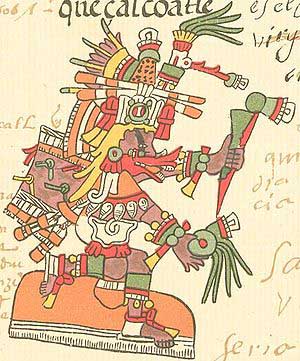The Hopi tribe, a Native American
group, celebrates a Snake Dance once every few years in the fall.
They do not worship the snakes, but instead are having a rain
ceremony. The Hopi believe that snakes have a strong connection to
the Underworld, and they will be able to deliver a message asking for
rain for the tribe. For the ceremony, wild snakes are caught by
people in the tribes who believe that they have a special power to
handle snakes without worrying about being bitten. The gatherers
stroke the snakes with feathers until they seem to have relaxed and
then grab them behind the head. They are cleansed for the ceremony
and placed in jars filled with water and special herbs before being
placed in a circle and handled during the dance, where they can be held by the hands or even in the mouth. After the dance,
they are placed at various shrines in the area and released to take
the message of asking for rain to the underworld. The Hopi tribe has
been known to use bull snakes and even rattlesnakes in their
ceremonies!
The Australian Aborigines have their
own myth concerning a Rainbow Serpent. They believed it was this
creature that grew before the Earth existed, and then moulded the
features of the Australian landscape. The Rainbow Serpent shaped the
mountains as it rose out of the ground, and afterwards formed the
winding rivers as it made its way to the sea. According to present
day Aborigines, it inhabits deep pools of water and is of an
incredible size.
Quetzalcoatl is a well known deity
worshipped by many people who lived in Central America within the
first 1500 years CE. The name “Quetzalcoatl” means “feathered
serpent,” and the significance and stories concerning this deity
can only be interpreted from stone carvings within temples left
behind by the civilizations which worshipped this god. It is thought
that this god was to come to Earth and be a great leader for the people. Unfortunately,
the Aztecs believed that Hernan Cortes was the appearance of this
god, which led to the fall of the Aztec civilization.
In Southern Asia, snakes are believed
to be aphrodisiacs if consumed. The ancient Greeks believed that if
they were licked by a snake in the eyes or ears, they would gain
wisdom and psychic abilities. Finally, many African tribes revere
snakes as wise and beneficial beings, and associated them with
fertility and harvests.



1 comment:
Very interesting! I'm curious about whether these cultures singled out snakes in particular or whether the inclusion of snakes in their mythologies goes along with a greater interest in animals in general.
Post a Comment